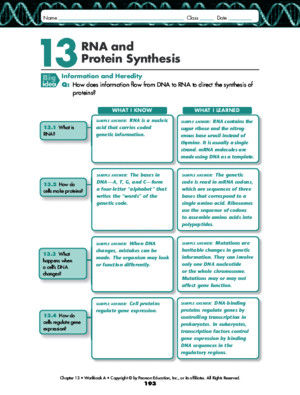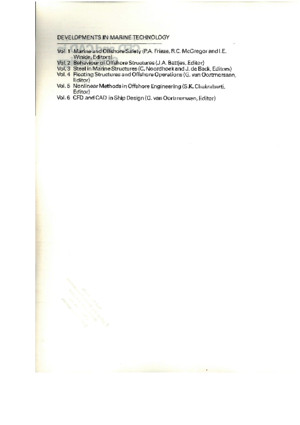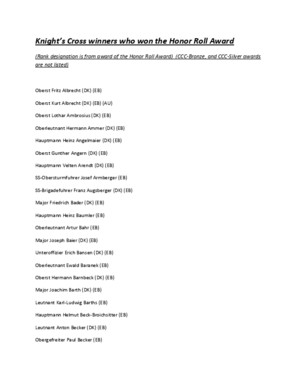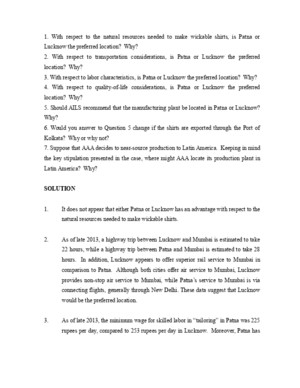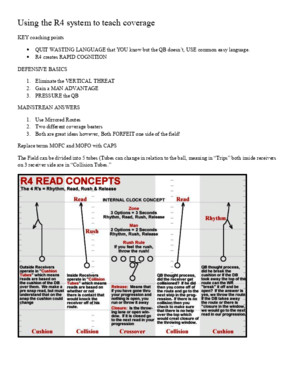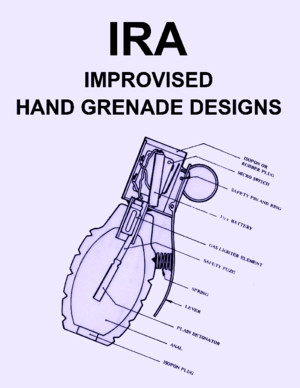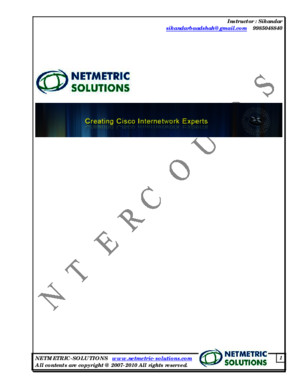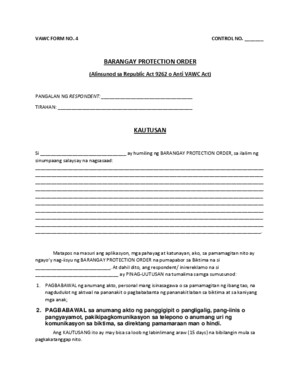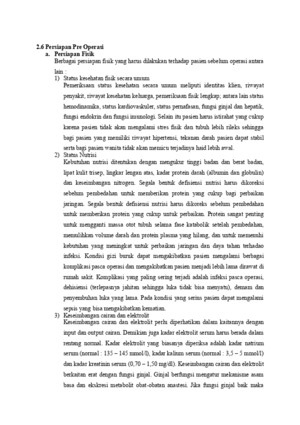Ch 13 RNA and Protein Synthesis
There is document - Ch 13 RNA and Protein Synthesis available here for reading and downloading. Use the download button below or simple online reader.
The file extension - PDF and ranks to the Documents category.
Tags
Related
Comments
Log in to leave a message!
Description
Download Ch 13 RNA and Protein Synthesis
Transcripts
Name Class Date Chapter 13 • Workbook A • Copyright © by Pearson Education, Inc, or its affiliates All Rights Reserved 193 RNA and Protein Synthesis Information and Heredity Q: How does information flow from DNA to RNA to direct the synthesis of proteins? WHAT I LEARNED 134 How do cells regulate gene expression? 133 What happens when a cell’s DNA changes? 131 What is RNA? 132 How do cells make proteins? WHAT I KNOW SAMPLE ANSWER : RNA is a nucleic acid that carries coded genetic information SAMPLE ANSWER : RNA contains the sugar ribose and the nitrog-enous base uracil instead of thymine It is usually a single strand mRNA molecules are made using DNA as a template SAMPLE ANSWER : The bases in DNA—A, T, G, and C—form a four-letter “alphabet” that writes the “words” of the genetic code SAMPLE ANSWER : The genetic code is read in mRNA codons, which are sequences of three bases that correspond to a single amino acid Ribosomes use the sequence of codons to assemble amino acids into polypeptides SAMPLE ANSWER : When DNA changes, mistakes can be made The organism may look or function differently SAMPLE ANSWER : Mutations are heritable changes in genetic information They can involve only one DNA nucleotide or the whole chromosome Mutations may or may not affect gene function SAMPLE ANSWER : Cell proteins regulate gene expression SAMPLE ANSWER : DNA-binding proteins regulate genes by controlling transcription in prokaryotes In eukaryotes, transcription factors control gene expression by binding DNA sequences in the regulatory regions Lesson 131 • Workbook A • Copyright © by Pearson Education, Inc, or its affiliates All Rights Reserved 194 Name Class Date 131 RNA Lesson Objectives Contrast RNA and DNA Explain the process of transcription Lesson Summary The Role of RNA RNA (ribonucleic acid) is a nucleic acid like DNA It consists of a long chain of nucleotides The RNA base sequence directs the production of proteins Ultimately, cell proteins result in phenotypic traits The main differences between RNA and DNA are:The sugar in RNA is ribose instead of deoxyribose ▶ RNA is generally single-stranded and not double-stranded like DNA ▶ RNA contains uracil in place of thymine ▶ RNA can be thought of as a disposable copy of a segment of DNA Most RNA molecules are involved in protein synthesis The three main types of RNA are: Messenger ▶ RNA (mRNA) carries copies of instructions for polypeptide synthesis from the nucleus to ribosomes in the cytoplasm Ribosomal ▶ RNA (rRNA) forms an important part of both subunits of the ribosomes, the cell structures where proteins are assembled Transfer ▶ RNA (tRNA) carries amino acids to the ribosome and matches them to the coded mRNA message RNA Synthesis Most of the work of making RNA takes place during transcription In transcription , segments of DNA serve as templates to produce complementary RNA mol-ecules In prokaryotes, RNA synthesis and protein synthesis takes place in the cytoplasm In eukaryotes, RNA is produced in the cell’s nucleus and then moves to the cytoplasm to play a role in the production of protein The following focuses on transcription in eukaryotic cellsThe ▶ enzyme RNA polymerase binds to DNA during transcription and separates the DNA strands It then uses one strand of DNA as a template from which to assemble nucleotides into a complementary strand of RNA RNA ▶ polymerase binds only to promoters , regions of DNA that have specific base sequences Promoters are signals to the DNA molecule that show RNA polymerase exactly where to begin making RNA Similar signals cause transcription to stop when a new RNA molecule is completedRNA ▶ may be “edited” before it is used Portions that are cut out and discarded are called introns The remaining pieces, known as exons , are then spliced back together to form the final mRNA Lesson 131 • Workbook A • Copyright © by Pearson Education, Inc, or its affiliates All Rights Reserved 195 Name Class Date The Role of RNA 1 Complete the table to contrast the structures of DNA and RNA SugarNumber of StrandsBases DNA RNA 2 On the lines provided, identify each kind of RNA 3 The master plan of a building shows how to build and place important parts of the building, such as walls, pipes, and electrical outlets On the building site, workers use copies of the master plan called blueprints to show them what to do The master plan is kept in the office Explain how mRNA works like a blueprint in constructing proteins transfer RNA2A, T, G, and C deoxyribose usually 1A, G, and C, but no T; contains U (uracil) instead ribose messenger RNAribosomal RNAThe master plan is the DNA molecule The cell uses this molecule to prepare mRNA “blueprints” The mRNA carries the instructions for protein synthesis from the nucleus to the ribosomes in the cytoplasm, where the proteins are built
Recommended

